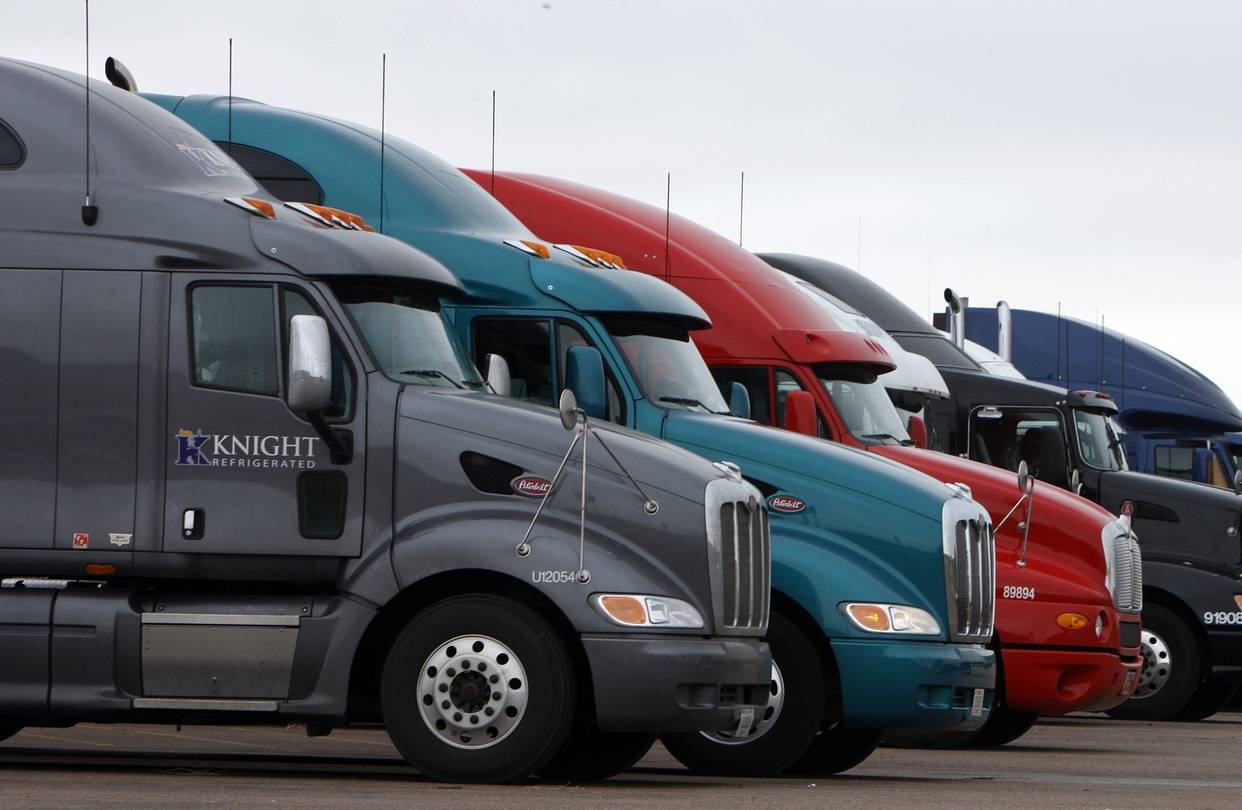HIGHLIGHTS
- Knight-Swift has taken a huge step forward in establishing LTL coverage across the US with the $150 million acquisition of RAC MME.
- For truck carriers, the LTL sector is becoming increasingly attractive after the boom of e-commerce.
- Over the past two years, the operating ratio and profit margin in the LTL sector have far outperformed the truck business.
FULL ARTICLE
Coverage of the truck market throughout the United States
Knight-Swift, the largest US truck carrier by revenue, has taken a huge step forward in establishing LTL coverage across the US with the $150 million acquisition of RAC MME, the company offers specialized and international logistics transportation services. In July, Knight-Swift made a similar acquisition of AAA Cooper Transportation (ACT) for $1.35 billion.
“Diversification has allowed us to grow revenue and earnings across multiple segments and we expect earnings growth in 2022”, said David Jackson, CEO of Knight-Swift. He said the company intends to invest in both organic and inorganic growth that will support its expansion into third-party carrier and LTL services.

ACT currently operates 70 stations between the Southeast and Midwest United States. So, the acquisition of MME will expand their market from the upper US Midwest to the north-west, with 34 terminals in 14 states. Knight-Swift has covered more than half of the continental US market through two acquisitions. In the mission of nationwide coverage, they have to deploy the Southwest (California, Nevada and Arizona) and the Northeast areas.
Strong growth expectation
According to the latest report, revenue from MME reached 120 million USD last year, while ACT revenue was 602 million USD. Both companies are on the upswing in the vibrant US market. Many analysts predict that this year’s total revenue could surpass $900 million.
According to Mr. Satish Jindel, president of SJ Consulting, it is estimated that Knight-Swift’s LTL business will reach $2 billion by 2023. For truck carriers, the LTL sector has become increasingly attractive after the boom of e-commerce. This has changed the structure of customers from industrial companies to retail companies.

Mr. Jindel also added that they require more LTL capacity to supply small warehouses closer to the market instead of trucking services to large distribution centers. Over the past two years, the operating ratio and profit margin in the LTL sector have far outperformed the truck business.
Thanh Thao
USA: 24/7 port operations plan reduces pressure on the supply chain













